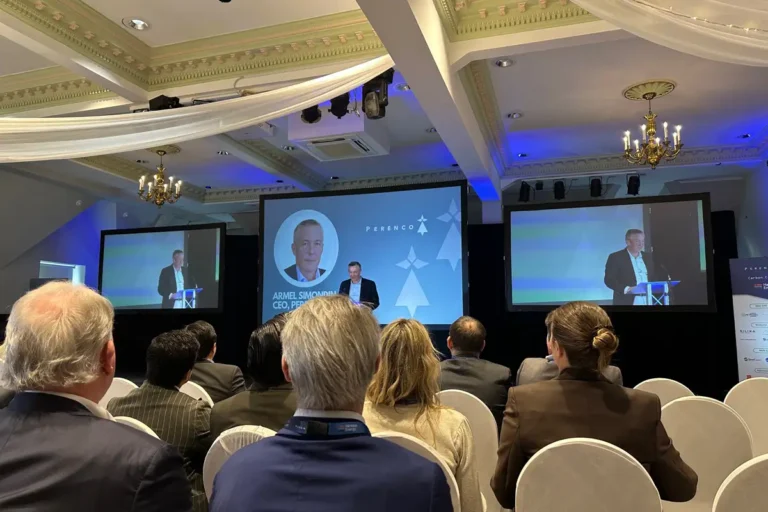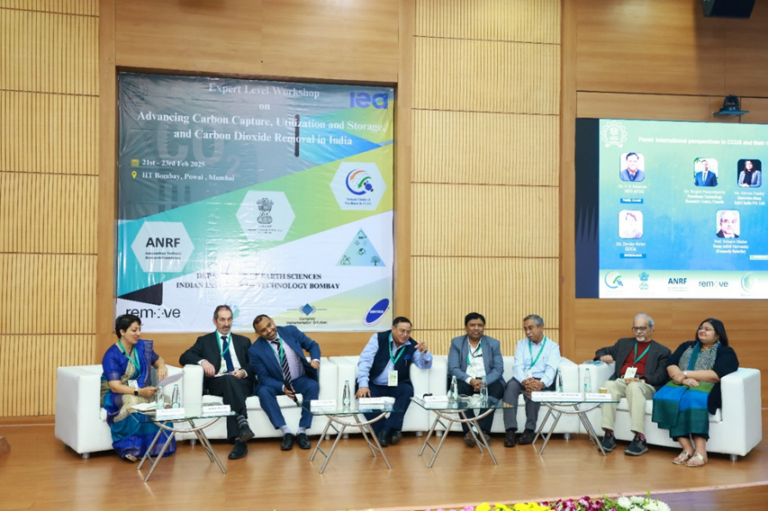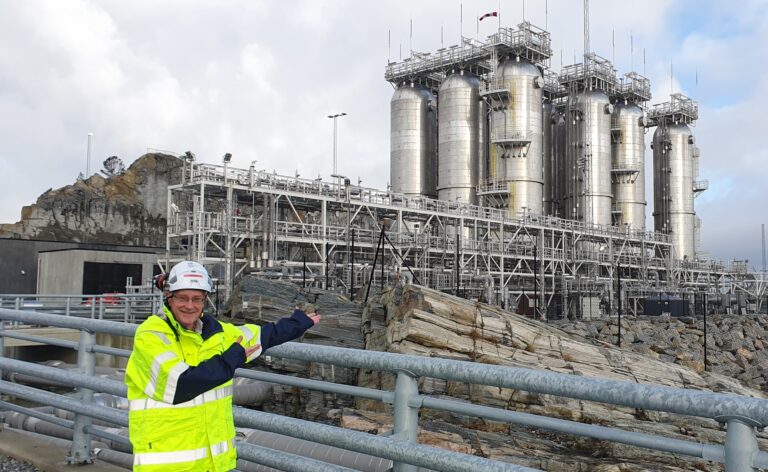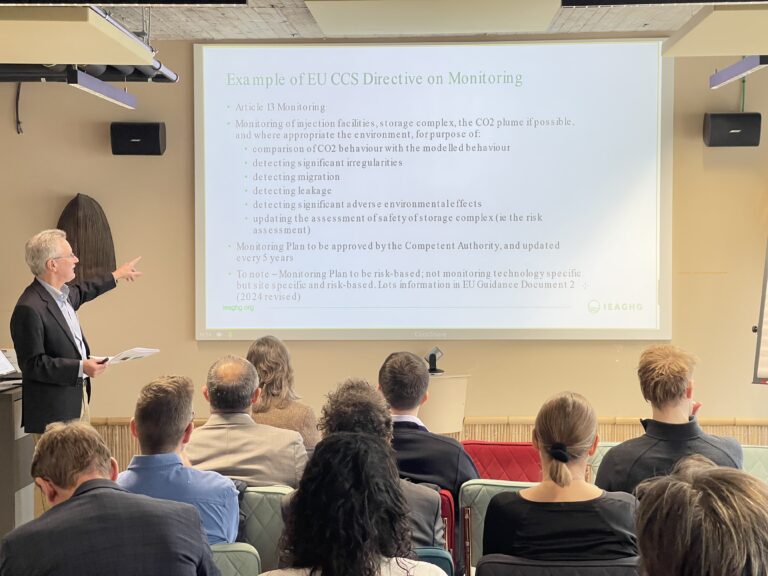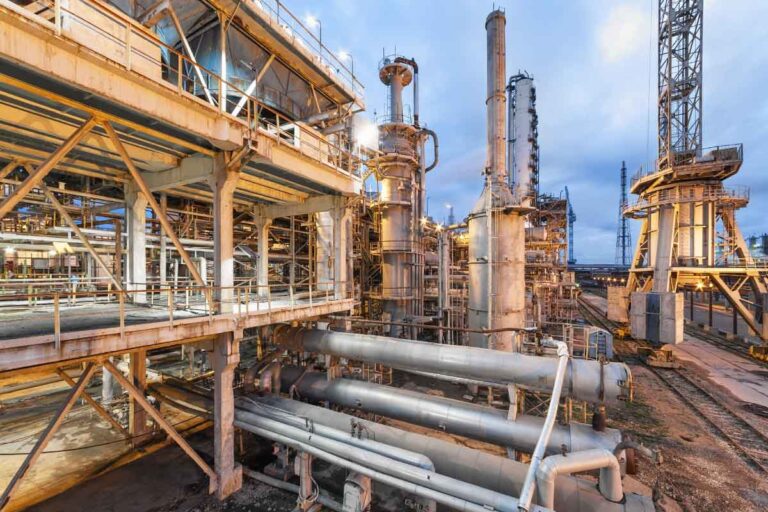
CO₂ Storage and Geothermal Energy benefit from mutual technology applications
8 August 2017

One of the highlights from the US DOE Carbon Storage and oil and natural gas Technologies Review Meeting between 1st and 3rd August 2017, was a summary from, Robert Vagnetti of NETL on the current US geothermal FORGE programme (Frontier Observatory for Research in Geothermal Energy). This energy source is not only relatively abundant in the US it also benefits from mutual technological innovations relevant to CO2 storage. Engineered Geothermal Systems (EGS) have been under development in many countries including the US where there are heat anomalies in crystalline rock formations such as granite. EGS relies on drilling into rock which is then hydraulically fractured. Additional production wells are then drilled and water is circulated between the injector and production wells to extract heat. Microseismicity is generated during the creation of the fracture network and the ability to detect the sites of the seismicity allows geologists to delineate the optimum sites for production wells. Pressurisation caused by CO2 injection can induce microseismicity so the ability to detect where it is occurring, and any risks associated with the phenomenon, are an important part of site characterisation.
Under the FORGE programme the potential for EGS will be evaluated at the Navy Air Station test site in Fallon, Nevada. Geological analysis at this site indicates temperatures greater 175°C at depths of 1.5 to 2 km. The complexity of EGS and geothermal reservoirs creates a demand for data analysis to create clear images of heat-exchange reservoirs. Consequently the development of a robust monitoring system is required to investigate rock fractures and deformation. The effectiveness of fibre optic cables to measure rock properties in a geothermal field, particularly detailed seismic and temperature data, is now being evaluated. Fibre optic cables are also showing promising application in CO2 storage sites particularly for seismic surveys which are used to detect the presence of CO2 in a reservoir.
Recent advances in fibre optic detection systems are leading to higher quality images and improved subsurface interpretation vital to both geothermal energy and CO2 storage. This is an excellent example of how technical innovation can be mutually beneficial in different applications.
Other articles you might be interested in
Get the latest CCS news and insights
Get essential news and updates from the CCS sector and the IEAGHG by email.
Can’t find what you are looking for?
Whatever you would like to know, our dedicated team of experts is here to help you. Just drop us an email and we will get back to you as soon as we can.
Contact Us NowOther articles you might be interested in
Get the latest CCS news and insights
Get essential news and updates from the CCS sector and the IEAGHG by email.
Can't find what you are looking for?
Whatever you would like to know, our dedicated team of experts is here to help you. Just drop us an email and we will get back to you as soon as we can.
Contact Us Now


